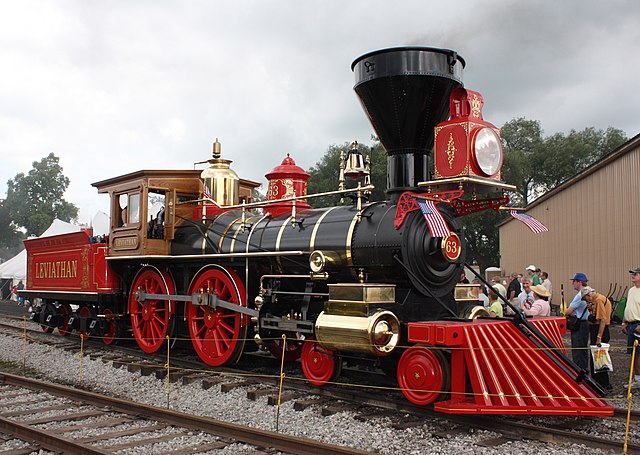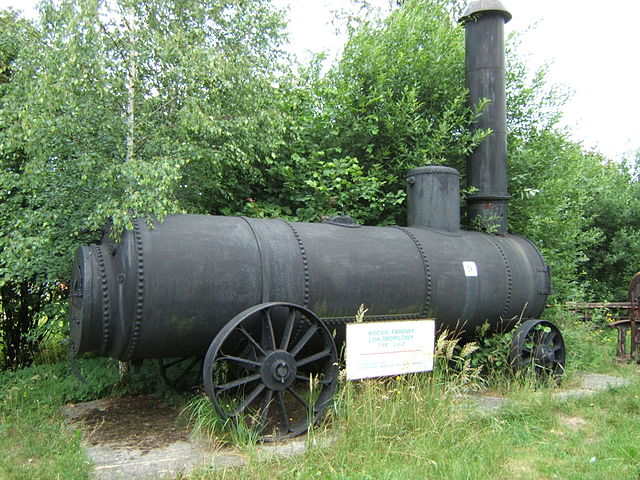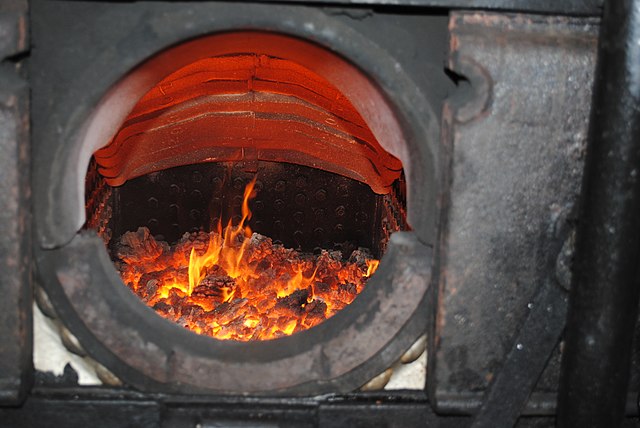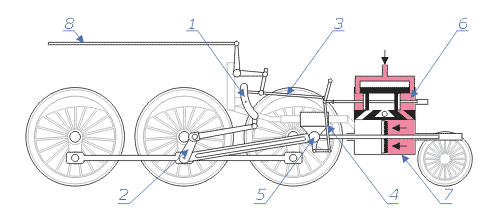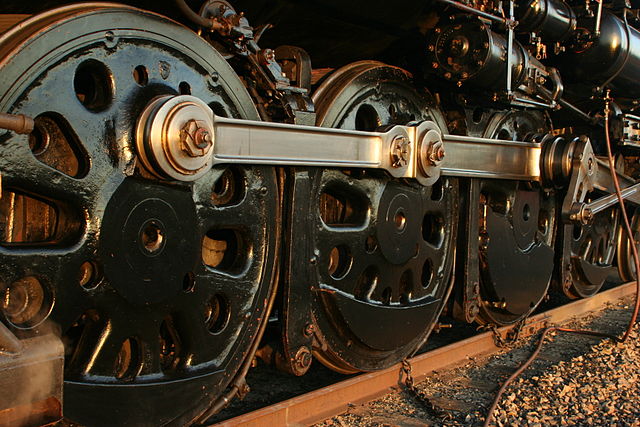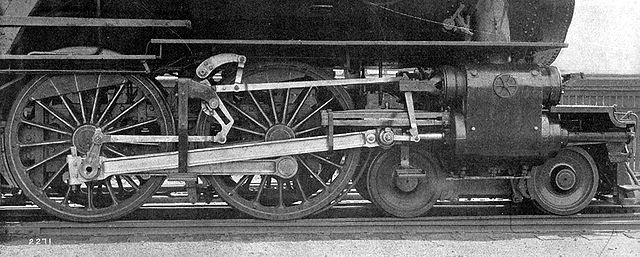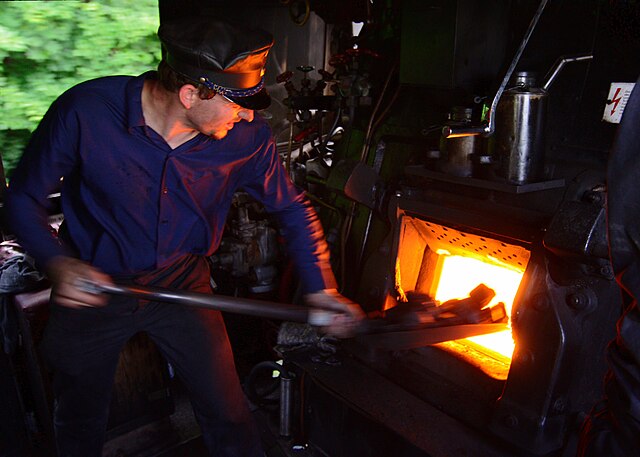We just learned about the
Cab where the Engineer and Fireman work.
Another part of the steam locomotive is the
Train Whistle, also called the air whistle or steam trumpet.
When locomotives started becoming popular, people knew it would be dangerous for a big train to be rolling down the tracks and it was very tough for a train to stop.
The engineers put a whistle on the top of the train and hooked it up so that steam could get blown out of the whistle to make noise.
It was hooked up to a lever, and it could be pulled hard or soft, so it could make a little woo or a big WOOO or even a woo-ahh woo-ahh sound.
Because it made different noises, each engineer could have their own style of blowing the whistle, and people could sometimes figure out who was driving the train based on what the whistle sounded like.
Later on they made the whistles even better and would have 2 or 4 different notes combined to make a nice sounding whistle that could be heard for miles.
The engineers used the whistle to tell people the train was getting ready to go, to warn someone at a crossing that the train was coming, and also to let people at the train stations know they were coming.

(from: wikipedia -
train whistle)
Kid Facts - Blast from the past: Pulley

